
In this article, you’ll find a short review of seven major currency pairs on the Forex market. These pairs are the most popular with traders and investors and are also characterised by high liquidity and low spreads.
EUR/USD
Euro (EUR) is a single European currency, which replaced all national currencies in the European Union in 1999. Given its status, EUR is reflective of the state of economic affairs in the European Union and very sensitive to the macroeconomic statistics from Europe.
The EUR/USD pair is leading the Forex market: its daily trading volume is the biggest – almost 20% of the total trading turnover.
The EUR/USD rate shows the current ratio between currencies of two global economic regions, the EU and the US. If the pair is growing, it means that EUR is getting stronger against USD, and vice versa. Economic and political news from these regions has a significant influence on the EUR/USD rate.
At the very beginning of trading, EUR/USD was moving downwards and once reached the all-time low at 0.8200. For several years after that, the pair was steadily rising and set its all-time high a bit above 1.6000 in 2008.
Later on, due to crises and some troubles in Europe, the pair dropped pretty much. EUR/USD is characterised by high liquidity, low spreads, and daily volatility of about 80 pips.
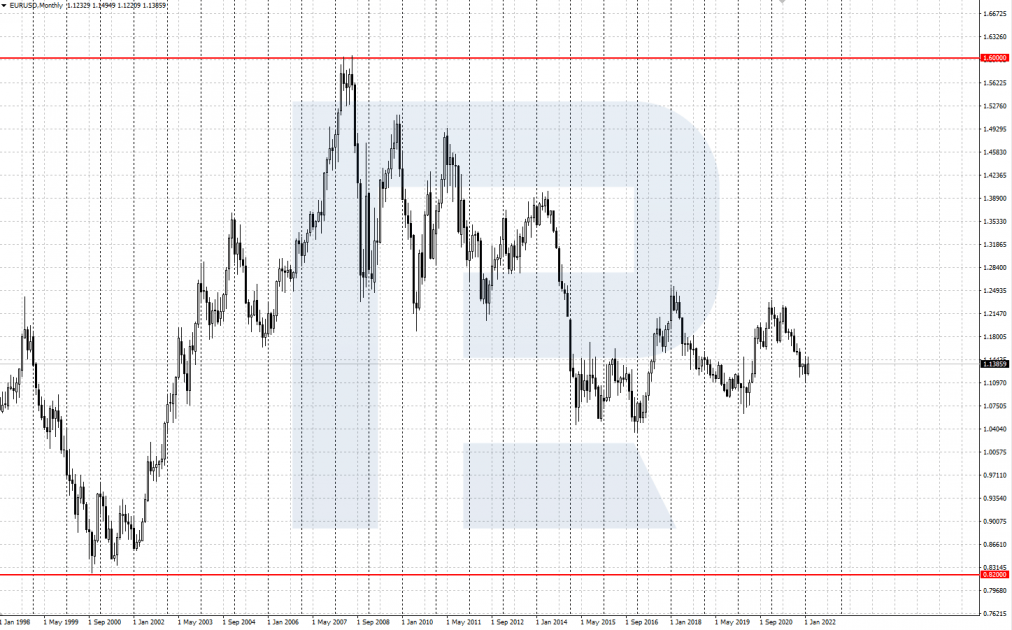
GBP/USD
British Pound (GBP) is the United Kingdom’s national currency. It’s one of the oldest currencies in the world, which approximately appeared in the twelfth century. As a result of the development of trading relations between Britain and its colonies, there emerged a need for a reliable currency to be used in settlements.
GBP/USD shows the ratio between currencies of the United Kingdom and the United States. The pair accounts for 15% of the total currency market trading turnover. “Cable” is a foreign exchange slang term for GBP/USD. The term comes from the days of early telegraph cables that were laid between London and New York and were used to communicate currency quotes and other data.
British Pound is the base currency, while USD is the quote currency. If the pair rises, it means that GBP is getting stronger against USD, and vice versa.
The British Pound is considered a rather aggressive speculative currency, which creates high volatility in GBP/USD, about 100 pips a day. The pair movements often create a lot of false breakouts of support and resistance levels in the price charts.
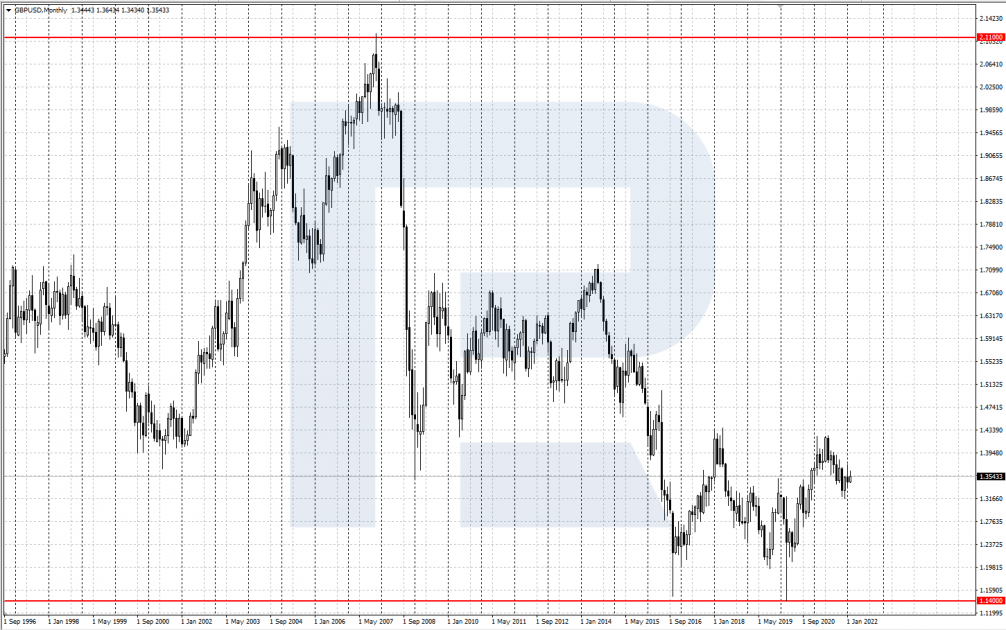
NZD/USD
New Zealand Dollar (NZD) is the national currency of New Zealand. Its history goes back to the 1970s. In the “colonial” past, New Zealand Dollar was pegged to British Pound and was named New Zealand Pound.
In 1967, the first New Zealand Dollars appeared and they were pegged to USD. New Zealand Dollar is classified as a commodity currency.
The NZD/USD pair shows the ratio between New Zealand and American economies. New Zealand Dollar is the base currency, while the USD is the quote currency. If the pair rises, it means that NZD is getting stronger against the USD, and vice versa.
In Forex slang, the pair is often called “kiwi“, after the bird – it is one of the country’s symbols and you can see it on the 1NZD coin.
Changes in the pair movements depend on the economic statistics from the US and New Zealand, and also on the commodity market dynamics.
New Zealand economy gets a significant part of the income from commodity exports, that’s why the commodity price surge results in the pair’s getting stronger. NZD/USD is characterised by high liquidity, low spreads, and daily volatility of about 50-70 pips.
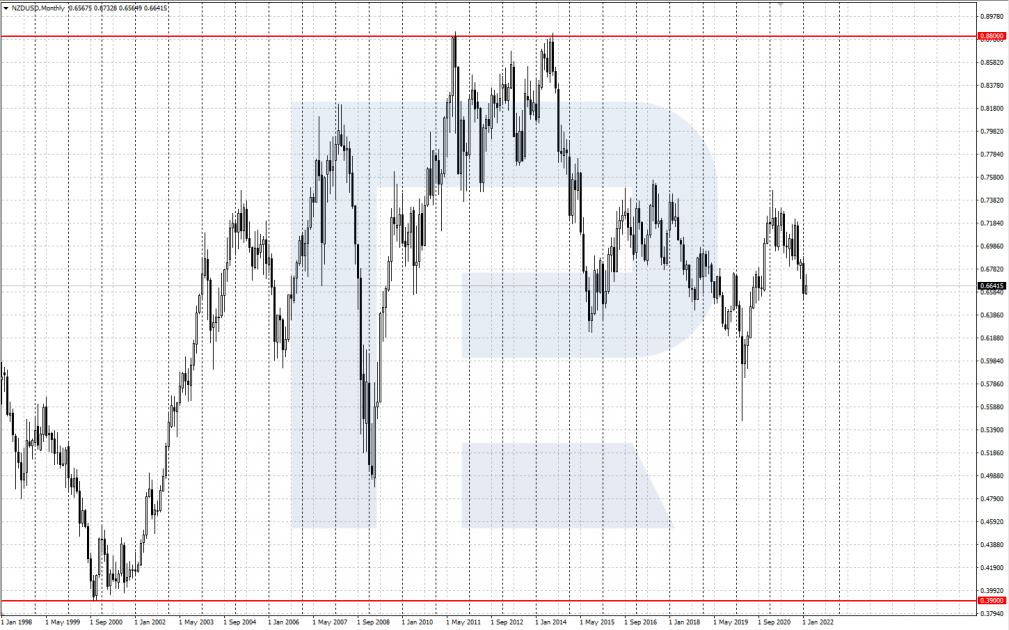
AUD/USD
Australian Dollar (AUD) is the national currency of Australia. After the British colonisation era was over, Australian Pound was replaced by Australian Dollar in 1966. In Forex slang, the pair is often called “aussie”. Australian Dollar is classified as a commodity currency.
AUD/USD is quite popular in global trading – it is traded in about 5% of all currency transactions. The pair dynamics is some kind of an indicator that reflects trade relations between the US and Australia.
Australian Dollar is the base currency, while USD is the quote currency. If the pair grows, it means that AUD is getting stronger against USD, and vice versa.
Natural resources export is a huge part of Australia’s income, that’s why the commodity market growth helps AUD to strengthen against USD. On the other hand, when the commodity market drops, AUD is falling against USD. The pair is characterised by high liquidity, low spreads, and daily volatility of about 50-70 pips.
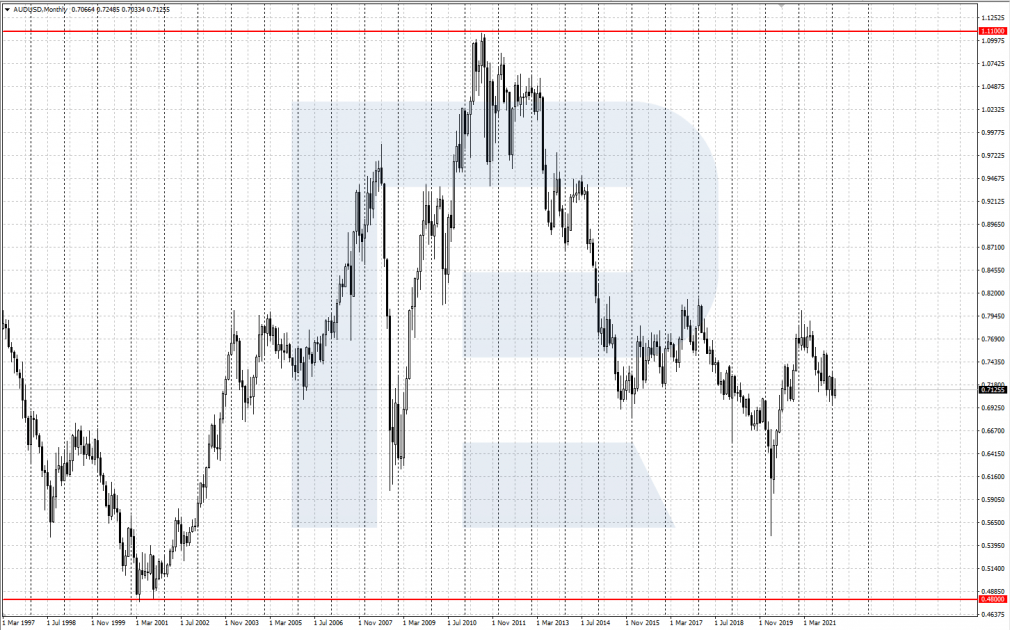
USD/CHF
Swiss Franc (CHF) is the national currency of Switzerland that appeared in the seventeenth century to replace a lot of coins that were used in the country for settlements.
Thanks to a highly reliable banking system and the country’s neutrality in European military conflicts, Swiss Franc is considered a “safe haven” asset in Europe. As a result, the demand for CHF goes up during crises.
USD/CHF is in the top 4 of the most popular currencies on the Forex market with a 5% share of the total trading volume.
The pair dynamics compare economies of the US and Switzerland.
American Dollar is the base currency, while CHF is the quote currency. If the pair grows, it means that USD is getting stronger against CHF.
The pair movements are influenced by economic and political news from the US and Switzerland. Being a “safe haven” asset, the pair tends to fall during global financial crises when Swiss Franc gets more expensive. The pair is characterised by high liquidity, low spreads, and daily volatility of about 50-70 pips.
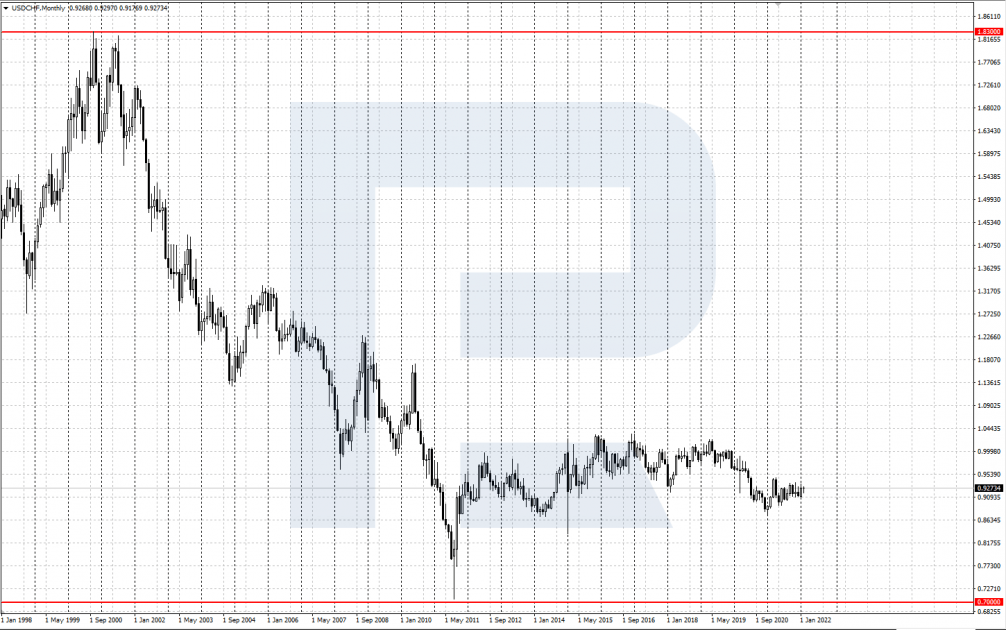
USD/JPY
Japanese Yen (JPY) is the national currency of Japan. In the nineteenth century, it became the major currency unit as a result of the 1871 monetary reform. JPY is considered a “safe haven” asset in Asia.
USD/JPY ranks third among the most popular currencies on the Forex market, covering a bit less than 15% of the daily turnover.
American Dollar is the base currency, while JPY is the quote currency. If the pair grows, it means that USD is getting stronger against JPY and vice versa.
JPY, just like CHF, acts as a “safe haven” asset during different crises. As a result, USD/JPY tends to fall when during stock markets collapse and JPY gets more expensive.
As a rule, when stock markets grow, the pair also rises. USD/JPY is characterised by high liquidity, low spreads, and daily volatility of about 70-80 pips.
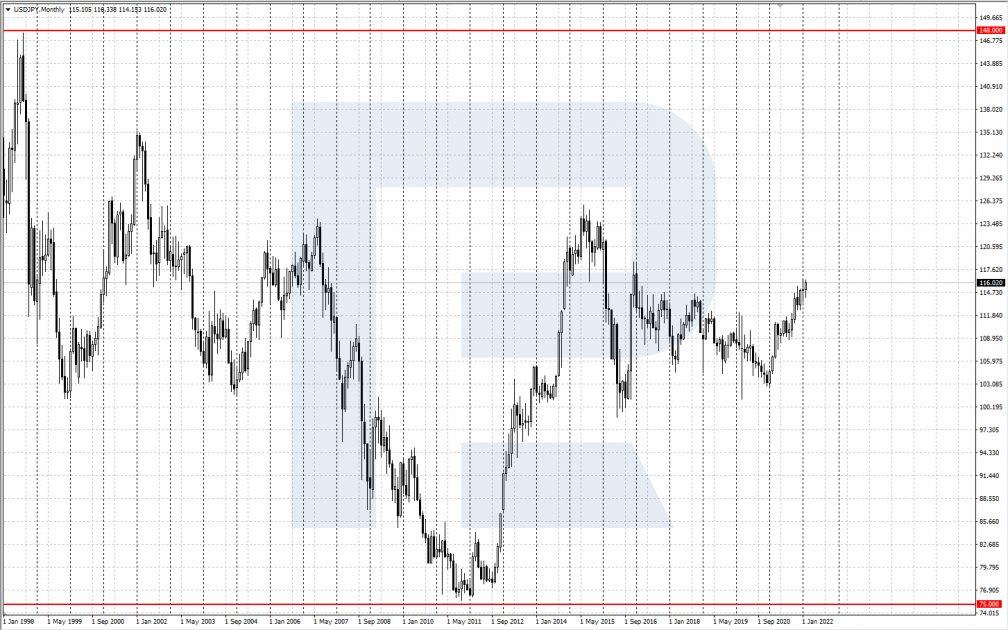
USD/CAD
Canadian Dollar (CAD) is the national currency of Canada, the largest country in North America in terms of territory. After the colonial period was over in the 1850s, the country rejected Canadian Pound and switched to Canadian Dollar.
In Forex slang, the pair is called “loonie“ – it derives its nickname from the picture of a solitary loon, one of the symbols of Canada, on the reverse side of the 1 Canadian Dollar coin.
USD/CAD occupies a rightful place in global trading, with about 3% of the total trading volume. American Dollar is the base currency, while CAD is the quote currency. If the pair grows, it means that USD is getting stronger against CAD and vice versa.
Canada is a large exporter of natural resources, including oil, that’s why USD/CAD is classified as a commodity currency – “loonie’s” quotes depend on the crude oil price dynamics.
The commodity market growth makes Canadian currency rise and USD/CAD fall, and vice versa. The pair is characterised by high liquidity, low spreads, and daily volatility of about 80-100 pips.
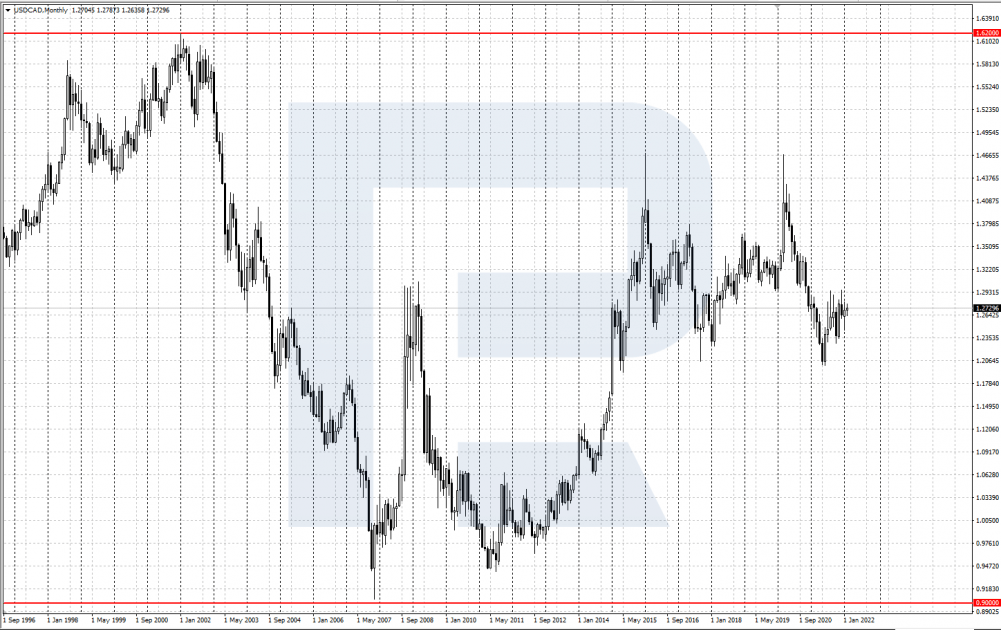
Conclusion
Seven currency pairs described above are the most popular with traders and investors on the Forex market. When trading these pairs, they use technical and fundamental analyses and trading indicator signals.
Beginner traders are recommended to start trading on demo accounts and switch to real ones only after obtaining stable positive results.
To get more detailed information about these currency pairs, follow the links in the post that lead to other interesting articles.
The post Top 7 major currency pairs on Forex appeared first at R Blog – RoboForex.
